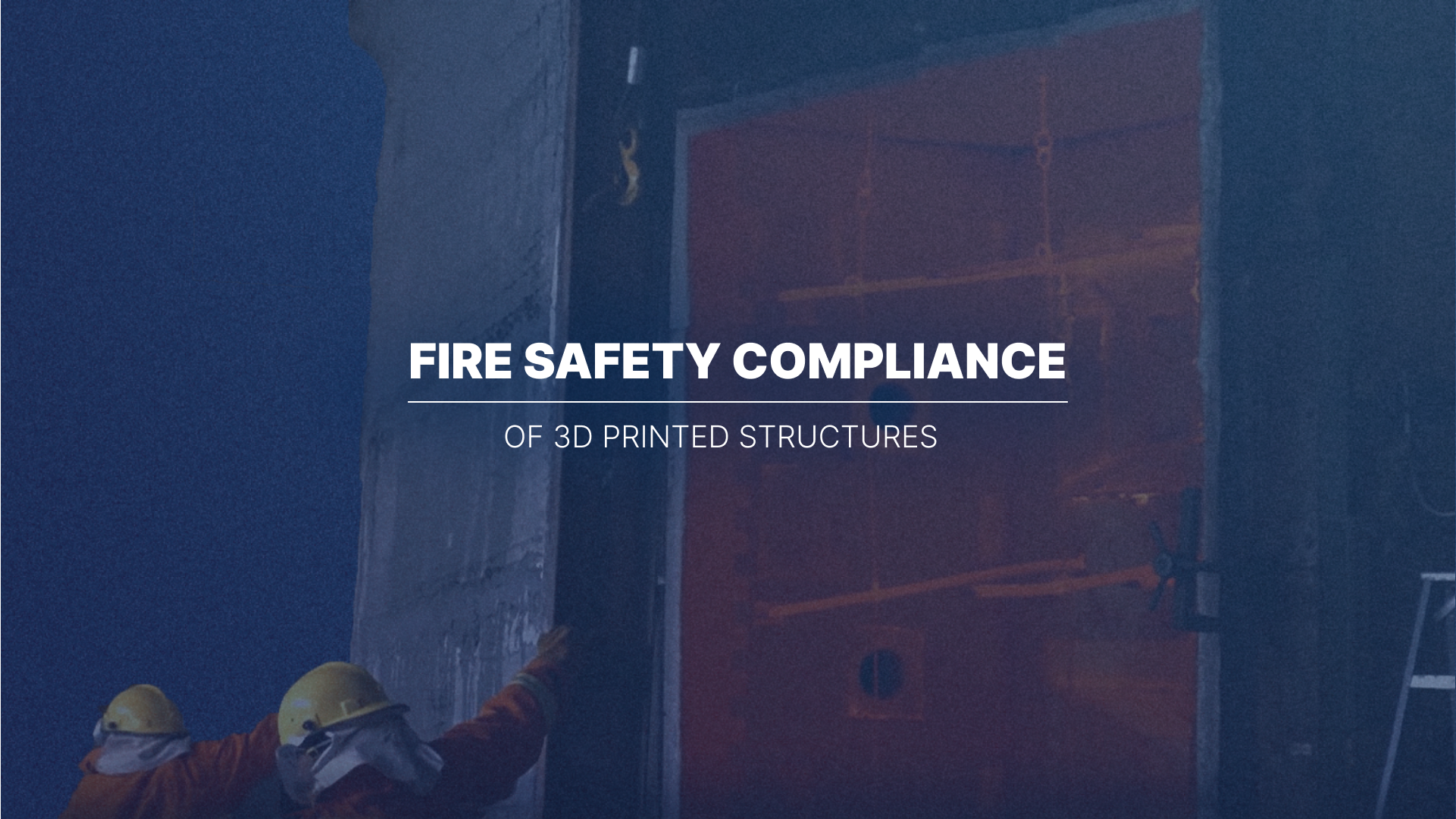The construction industry is known for its cautious approach to adopting new technologies, partly due to the challenges posed by stringent legal frameworks and regulations. This is particularly evident in the adoption of 3D printing technology, which, despite offering transformative potential for speed and innovation, faces significant hurdles in regulatory compliance, including fire safety standards.
The Need for 3D Printing in Construction
Despite its slow adoption, 3D printing in construction presents critical solutions to inefficiencies and design limitations inherent in traditional methods. The technology promises to revolutionize building processes with improved efficiency, cost-effectiveness, and sustainability, making it an essential advancement in modern construction.
Regulatory Challenges with New Technologies
3D printing technology faces unique challenges, especially in meeting established safety regulations. Fire safety compliance is a major hurdle due to the absence of specific legal frameworks tailored to the novel nature of 3D printed structures. This regulatory gap often delays the broader integration of this promising technology into conventional construction practices.
Recent Developments by KA BINA
KA BINA, a technology solutions provider based in Malaysia, has recently made significant progress in demonstrating that 3D printed structures can meet stringent fire safety standards. This breakthrough is crucial in proving the viability and safety of 3D printing in construction.
Fire Testing Procedure and Achievements
KA BINA developed a specialized “party wall” — a crucial fire prevention component in multi-unit buildings — using a concrete mix enhanced with the D.fab admixture from COBOD International and Cemex. Rigorously tested at the Forest Research Institute Malaysia (FRIM), the wall was exposed to temperatures of 1000 degrees Celsius for two hours and a 150-second water jet test. Remarkably, it surpassed the fire resistance criteria set by the Malaysian Fire and Rescue Department (BOMBA), demonstrating enhanced structural integrity and durability under extreme conditions.
Implications for the Adoption of 3D Construction Printing
While KA BINA’s success in meeting fire safety standards is a significant step forward, it highlights that there is still much work to be done for 3D printing technology to be fully accepted in the construction industry. By demonstrating that 3D printed walls can comply with and even surpass existing fire safety protocols in Malaysia, KA BINA not only supports the case for the safety of 3D construction printing but also encourages regulatory bodies to consider revising and updating standards to better integrate this innovative technology. This progress is crucial as it paves the way for broader acceptance and implementation of 3D printing solutions in construction, potentially leading to more rapid advancements and acceptance in the near future.
